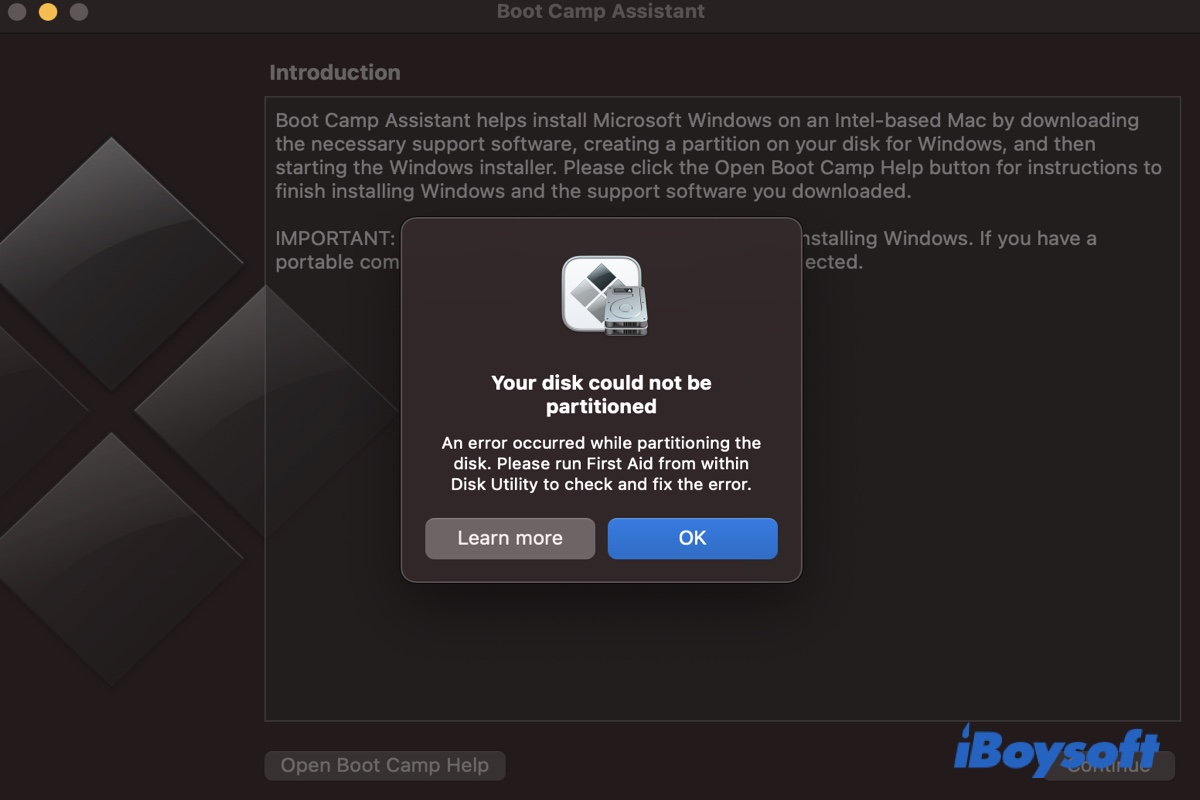There are three ways to use an ext4-formatted SD card on a Windows computer: 1) reformat it to a Windows-supported file system, 2) read it using third-party software, and 3) mount it in WSL2 if supported.
Your SD card was formatted with ext4 in order to work on Steam Deck. However, ext4 is a Linux file system that's not supported on Windows. So, you won't see the SD card on your desktop or in "This PC" when connected to your Windows computer. Nevertheless, you can still find the SD card on Disk Management, though you can't access the files on it.
If your SD card doesn't appear in Disk Management, try another adapter and reinsert it. Once it shows up, you can try the following methods to access the drive:
Note that if you just want to use the SD card on your phone, you can save the trouble of going through the following steps, as most Android phones support ext4.
Option 1: Reformat the SD card
If you don't care about data on the SD card, reformatting it with a file system that's compatible with Windows, such as FAT32, exFAT, or NTFS, will do the job. Here's how to format an ext4 SD card on Windows:
- Right-click on the Start button and select "Disk Management."
- Select your SD, right-click it and choose "Format."
- Give the SD card a name, assign it a file system, then click OK.
Read more: How to Format (Micro) SD Card on Windows 10 (Stepwise Guide)
Option 2: Use third-party software
If you still want to keep the data on the SD card, you can use a free tool like Linux Reader to read its content. The downside of this type of software is that you can only access files on the SD card from the application and you need to save the files to your computer before you can make changes to it.
Option 3: Mount the disk with WSL2
If you are on Windows 11 Build 22000 or later, you can mount the ext4-formatted SD card in WSL2 as guided by this Microsoft document.


